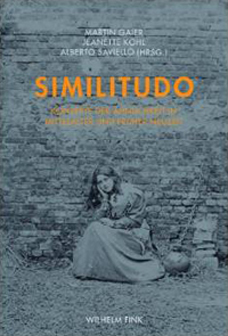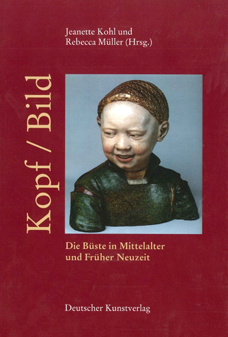
Similitudo: Concepts of Likeness in the Middle Ages and the Renaissance
2012, Fink Wilhelm GmbH
“Similitudo” discusses the role of realism and likeness in different media and time periods, from the 14th to the 17th century, with a particular emphasis on its relevance for the arts, philosophy, and the psychology of perception.”
Review in Renaissance Quarterly:
Reviewed work(s): Martin Gaier, Jeanette Kohl, and Alberto Saviello, eds. Similitudo: Konzepte der Ähnlichkeit in Mittelalter und Früher Neuzeit. Munich: Wilhelm Fink, 2012.
“The paradigm of resemblance (similitudo in Latin) offers one mode for the assessment of visual images. Yet as a discrete concept, it is too infrequently the subject of examination, relegated as it is to one aspect of the larger discussions of portraiture, scientific illustration, or art theory. The threats of similitude as a broader topic of art-historical inquiry are clear: in its subjectivity and ephemerality, resemblance is volatile and changeable, that is, contingent. The current volume of essays, one product of the German research project The Power of Faces: The Bust, the Head, and the Body in the Middle Ages and Renaissance (2006–09), marks an important step in the historiography of the concept, for it takes this thorny issue as its central theme. The book ventures beyond the simple comparison of model and image to posit new understandings of likeness informed by the perspectives of philosophers like Charles Sanders Peirce and Hans-Georg Gadamer. This conceptual framework, which motivates many of the contributions, makes Similitudo a welcome addition to the literature on image theory. Read More →

